How Long Until the Final Result? The Truth About Swelling, Shape Changes, and Patience After Rhinoplasty — Managing Expectations
November 7, 2025
Rhinoplasty is both a structural procedure and a healing journey. Everyone wants to know: when will I see “the final nose”? Fair question—just not a simple one. Bones, cartilage, skin, and mucosa recover on different timelines; swelling fades in waves; and the tip keeps evolving long after the splint comes off. The good news? When expectations match biology and timing, uncertainty turns into confidence. Here’s what happens, why it happens, and how to navigate the process with realistic checkpoints and smart strategies.
Preoperative Expectation-Setting and the Global Healing Timeline
Before the first incision, line up your goals with what the body can (and will) do. Healing is predictable in phases, but the tempo varies based on your anatomy and the technique used.
Defining the phases
- Immediate postoperative (days 0–7): splints and tape on, lots of swelling and bruising, a little controlled bleeding is common.
- Early healing (weeks 2–6): quick drop in general swelling and discoloration; most people feel socially presentable.
- Intermediate remodeling (months 3–6): tip definition starts to show; subtle shape changes appear as edema recedes.
- Late maturation (6–18 months): collagen reorganizes; contour, tip support, and skin drape settle into their long-term form.
Key determinants of pace
- Skin thickness and oiliness (thicker, more sebaceous skin reveals contour more slowly).
- Osteotomy patterns (wider bony mobilization usually means more bruising/swelling).
- Cartilage grafting type and extent (e.g., diced cartilage fascia and rib grafts can prolong edema).
- Open vs. closed approach (open often means longer tip swelling; closed may have less tip edema—case complexity matters).
- Ethnic and anatomical variability (e.g., many Middle Eastern, South Asian, and African noses have thicker, oilier skin and a longer refinement window).
What constitutes a “final result”
- Balanced contour and symmetry across front, oblique, and profile views.
- Smooth dorsal aesthetic lines without ridges or irregularities.
- Stable, well-supported tip projection and rotation.
- A functional airway (you feel you breathe better; NOSE scores reflect it).
- A good-quality scar—especially the columellar incision if the approach was open.
Digital simulations and standardized photography
- Simulations align aesthetic direction and clarify trade-offs.
- They’re guides, not guarantees—tissue behavior and intraoperative findings can shift the plan.
- Standardized photos (same lighting, distance, head position) are gold for tracking progress over time.
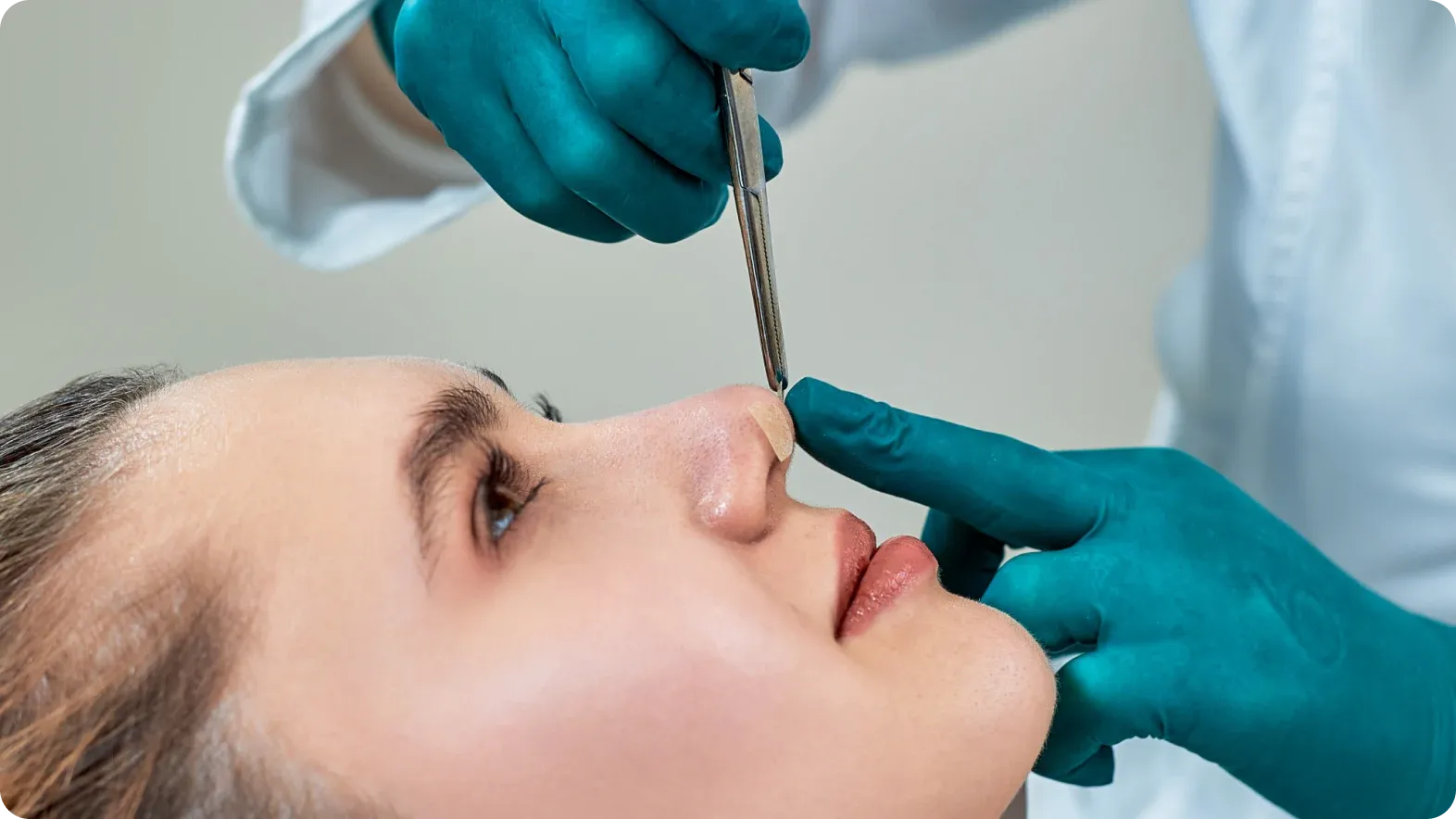
Pathophysiology of Edema and Tissue Remodeling After Rhinoplasty
Know the biology and the swelling starts to make sense.
The edema cascade
- Surgery increases tiny blood vessel permeability; proteins and fluid leak into the tissues.
- Lymphatic channels—disturbed by dissection—do not drain perfectly at first, so swelling builds.
- Fluid tends to collect in thicker, dependent soft tissues; the nasal tip and supratip commonly retain edema.
Differential swelling kinetics
- The dorsum sharpens sooner because the soft tissue is thinner and hugs the framework.
- The tip takes its time—more fibro-fatty tissue, more dissection (especially with open approaches), and less vigorous lymphatic drainage.
- Minimizing dead space (precise suturing, smart dressings, external taping) helps reduce lingering fluid.
Scar biology and collagen remodeling
- Inflammation (days to weeks): immune cells clear debris; swelling peaks.
- Fibroplasia (weeks to months): fibroblasts lay down collagen; early firmness and “stiffness” are common.
- Remodeling (months 3–18): collagen reorganizes and cross-links; tissues contract and stabilize. Tip support (e.g., columellar struts) finds its long-term behavior here.
Adjunctive pharmacology
- Perioperative steroids (like a single-dose dexamethasone or a short taper) can modestly cut early bruising/swelling—briefly.
- NSAIDs: many surgeons allow ibuprofen or COX-2–selective meds after the immediate postop window. Protocols vary—follow your surgeon to balance pain relief and bleeding risk.
- Antihistamines help allergies and congestion but do little for surgical soft-tissue edema.
- Bottom line: meds can blunt the early inflammatory spike; they don’t fast-forward months of remodeling.
What Patients See: A Practical Week-by-Week and Month-by-Month Course
Every recovery is unique, but this timeline reflects what most people experience—plus the red flags you shouldn’t ignore.
Days 1–10
Expected:
- External splint and sometimes internal splints; bruising and swelling peak around days 2–3.
- Stuffiness or mouth-breathing; blood-tinged drainage; a stiff upper lip that tweaks your smile.
- Discomfort controlled with prescribed pain meds; a low-grade fever can show up in the first 24–48 hours.
- Sleep with your head up, use cold compresses on the cheeks (not directly on the nose), saline sprays, and gently clean incision lines.
- Don’t blow your nose; sneeze with your mouth open.
- Worsening pain or swelling on one side, fever >38.5°C (101.3°F), spreading redness, foul drainage.
- Sudden vision changes, severe headache, or a bulging, tense septum (possible septal hematoma).
- Blackening skin or severe blistering around the tip/columella (skin compromise).
Weeks 2–6
Expected:
- Bruising and general swelling drop quickly; most feel “socially ready” by 2–3 weeks.
- Nighttime taping may be recommended to tame supratip edema.
- Breathing improves as mucosal swelling subsides after splint removal (usually days 5–7).
- Day-to-day shape shifts—especially in the morning—are normal.
- Walk right away; light cardio around 2 weeks; ramp up slowly after.
- No contact sports or heavy lifting for at least 4–6 weeks; avoid swimming until incisions are sealed (often 3–4 weeks) and skip pressure from goggles/masks for ~6 weeks.
- Protect from sun; SPF 30+ to prevent scar hyperpigmentation.
- Avoid resting glasses on the nasal bones for ~6 weeks; use cheek supports or very light frames as advised.
Months 3–6
Expected:
- Tip definition starts to shine through; many see 70–90% of the “look” now, with the last 10–20% mostly tip refinement.
- Apparent asymmetries can be lighting or lingering edema—judge with standardized photos, not just the bathroom mirror.
- Expressions (like smiling) can briefly tug tip rotation or alar shape—dynamic muscles at work. This settles as stiffness eases.
- In select cases, microdroplet triamcinolone (2.5–10 mg/mL, 0.05–0.2 mL per point) to supratip edema can start around weeks 4–8, spaced 3–6 weeks apart as needed. Dosing and indications vary—conservative use minimizes atrophy or telangiectasia.
- Gentle, surgeon-directed lymphatic massage may help; avoid heavy-handed manipulation.
Months 6–18
Expected:
- Late refinement: final tip rotation/projection stabilize. Minor contour quirks that swelling hid become assessable.
- Numbness and stiffness continue to normalize
- Thick-skin or revision cases can keep evolving up to 18–24 months.
- Tiny touch-ups (e.g., small dorsal rasping) can be considered around 6–9 months if edema is minimal and the issue is stable.
- Formal revisions are usually delayed until at least 9–12 months—longer for thick skin or extensive grafting—unless there’s an urgent functional or structural problem.
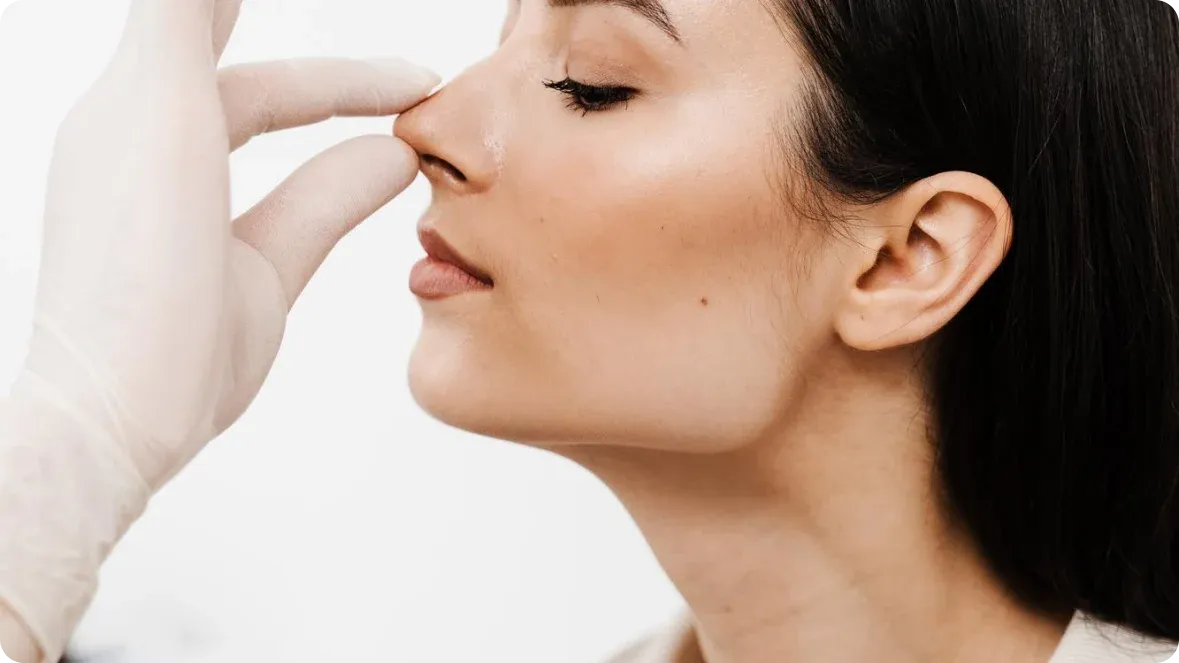
Factors That Prolong or Modify the Timeline—and Evidence-Based Interventions
High-impact variables
- Thick, sebaceous skin: slower swelling clearance and softer definition; strong tip support—and patience—matter.
- Revision rhinoplasty: prior scarring and altered lymphatics extend the timeline; swelling is more stubborn and less predictable.
- Extensive grafting (rib cartilage, diced cartilage fascia): more dissection and dead space, especially in the supratip, means more edema.
- Osteotomies and approach: broader mobilization or an open approach typically yields more early swelling; piezo (ultrasonic) osteotomies may reduce bruising in some hands but won’t eliminate swelling.
Postoperative care toolkit
- Saline irrigation/sprays: keep mucosa healthy and reduce crusting—use regularly for the first few weeks.
- Taping and splints: nightly taping can help supratip edema in the early months; follow your surgeon’s method.
- Silicone sheeting/gel: improve the columellar scar once it’s closed (often after 2–3 weeks).
- Gentle massage: selectively, starting around 3–4 weeks if instructed; no deep pressure.
- Triamcinolone microinjections: targeted for soft-tissue fullness (e.g., edema-driven pollybeak). Use conservative volumes/intervals to avoid atrophy, hypopigmentation, or telangiectasia.
Lifestyle and environment
- Activity intensity: vigorous workouts and Valsalva increase facial blood flow and swelling—ramp up gradually with guidance.
- Heat and sun: vasodilation worsens edema and risks hyperpigmentation—seek shade, use SPF, and keep cool.
- Altitude and air travel: cabin pressure and dry air can heighten congestion; most can fly after 1–2 weeks. Hydrate, use saline sprays, and avoid heavy lifting.
- Diet and substances: salty meals, alcohol, and smoking/vaping (including nicotine) impair healing and promote swelling. Favor protein, micronutrients, and steady hydration.
Revision considerations
- Minimum wait: 9–12 months for most; 12–18 months for thick skin or heavy grafting—unless urgent issues demand earlier action.
- Objective criteria: a stable deformity on serial photos, plateaued edema, and a clear functional or aesthetic reason.
- Imaging and CAD/CAM: CT for bony septal deviations or sinus disease; 3D morphometrics for precise planning and setting expectations.
- Optimize before revising: treat residual edema (taping, steroid microinjections); reassess function with NOSE scores and endoscopy when indicated.
Calibrating Expectations and Measuring Success Over Time
Objective tracking
- Standardized photography: same backdrop, camera distance, and head position (Frankfort horizontal), with frontal, lateral, oblique, and basal views at consistent intervals (e.g., 1, 3, 6, 12 months).
- 3D morphometrics: quantifies volume and symmetry—great for complex revisions or research-grade tracking.
- Validated PROMs:
- NOSE (Nasal Obstruction Symptom Evaluation) for breathing.
- ROE (Rhinoplasty Outcomes Evaluation) for aesthetics and quality of life.
Communicating variability
- Speak in ranges, not absolutes: in many primary cases, about 60–80% of visible swelling resolves by 6 weeks; 80–90% by 3–6 months; the last 10–20%—mostly tip refinement—lands over 6–18 months.
- Frame uncertainty professionally: here’s the most likely course—and here’s what could move it earlier or later.
- Schedule touchpoints: planned visits at 1, 3, 6, and 12 months calm nerves and allow timely tweaks for edema or scars.
Adherence and psychology
- The “ugly duckling” window (weeks 2–8) comes with shifting swelling, fluctuating symmetry, and hyper-self-scrutiny.
- Counter social media myths: edited photos and instant post-op reveals aren’t real life. Healing—not filters—decides outcomes.
- Structured support:
- Pre-commit to activity and sleep routines.
- Limit early mirror checks; rely on monthly standardized photos.
- Involve a trusted support person; consider brief counseling if anxiety climbs.
Clinical red flags and escalation
- Infection: rising pain, redness, pus-like drainage, fever—get seen promptly.
- Septal hematoma: severe blockage, pain, boggy septal swelling—urgent drainage prevents cartilage damage.
- Skin compromise: dusky or black discoloration, blistering—immediate attention is critical.
- Graft displacement or extrusion: new hard ridges, visibility under thin skin, or wound breakdown—call your surgeon.
Conclusion
Rhinoplasty unfolds over months—not days—because the soft-tissue envelope, cartilage, and bone remodel at different speeds. Most people feel presentation-ready by 2–3 weeks, love their profile by around 3 months, and see tip refinement reach its finish line somewhere between 6 and 18 months (anatomy and technique make the difference). You can influence the ride: follow postop instructions, protect your nose from heat and pressure, and use targeted tools with your surgeon to tackle stubborn edema.
Most importantly, measure progress objectively. Align expectations with biology, use standardized photos and validated questionnaires, and keep those follow-up visits. With patience and partnership, your final result won’t just look good—it will be stable, functional, and built to last.
Most importantly, measure progress objectively. Align expectations with biology, use standardized photos and validated questionnaires, and keep those follow-up visits. With patience and partnership, your final result won’t just look good—it will be stable, functional, and built to last.
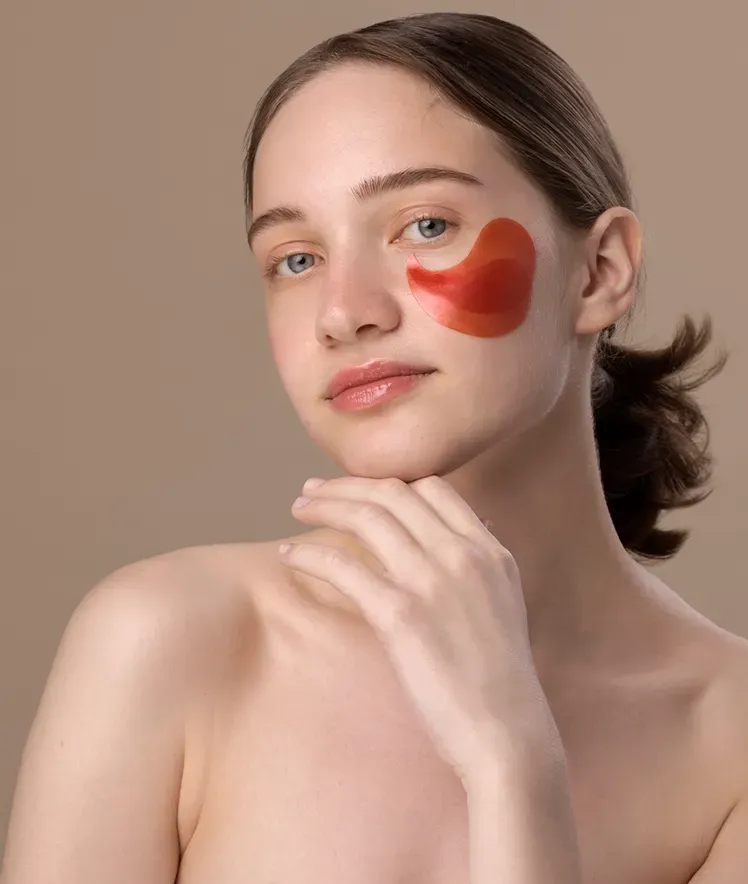
Schedule Your Appointment with Dr. Mourad
If you are considering facial plastic surgery and want results that enhance your natural beauty without looking overdone, schedule a consultation with Dr. Moustafa Mourad today. You will receive personal, expert guidance at every step—from your first visit to your final result.
From Our Blog

November 7, 2025 | Dr. Moustafa Mourad | Uncategorized
Revision Rhinoplasty: Why Some Patients Need a Second Nose Job and What to Ask — Less Common but High Value
Elective rhinoplasty is one of the most technically demanding operations in facial plastic surgery. Even when everything goes “right,” tiny asymmetries, how scars mature, or lingering breathing issues can blunt an otherwise good first result. Most people are happy after their primary surgery. But a meaningful minority—often quoted in the literature as about 5–15%—consider a revision.
READ THE ARTICLE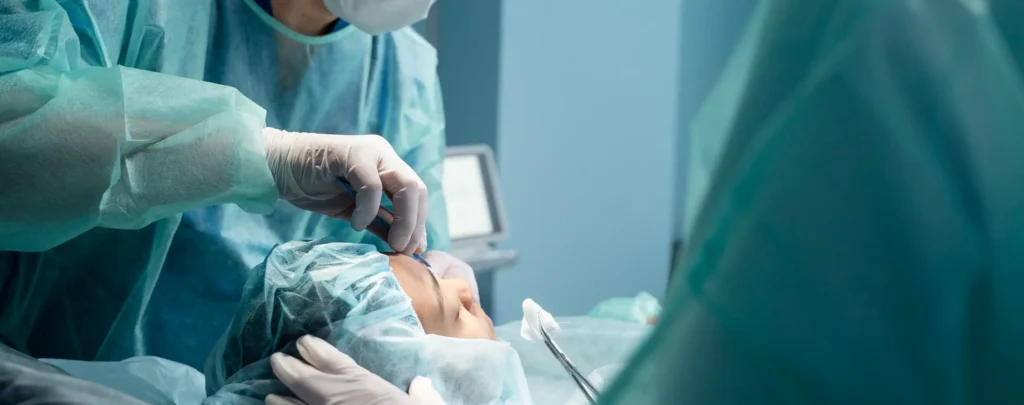
November 7, 2025 | Dr. Moustafa Mourad | Uncategorized
What Age Is Appropriate for Rhinoplasty? Teen Patients and Adults — Evidence-Based, Age-Related Considerations
Rhinoplasty is one of the most personalized procedures in facial plastic surgery. Age matters—a lot. Not just the number on a birth certificate, but where someone is in facial growth, psychological readiness, and overall health. This guide pulls together the current thinking on how age affects candidacy and planning, comparing teen and adult patients and laying out practical safeguards that keep results safe, predictable, and natural.
READ THE ARTICLE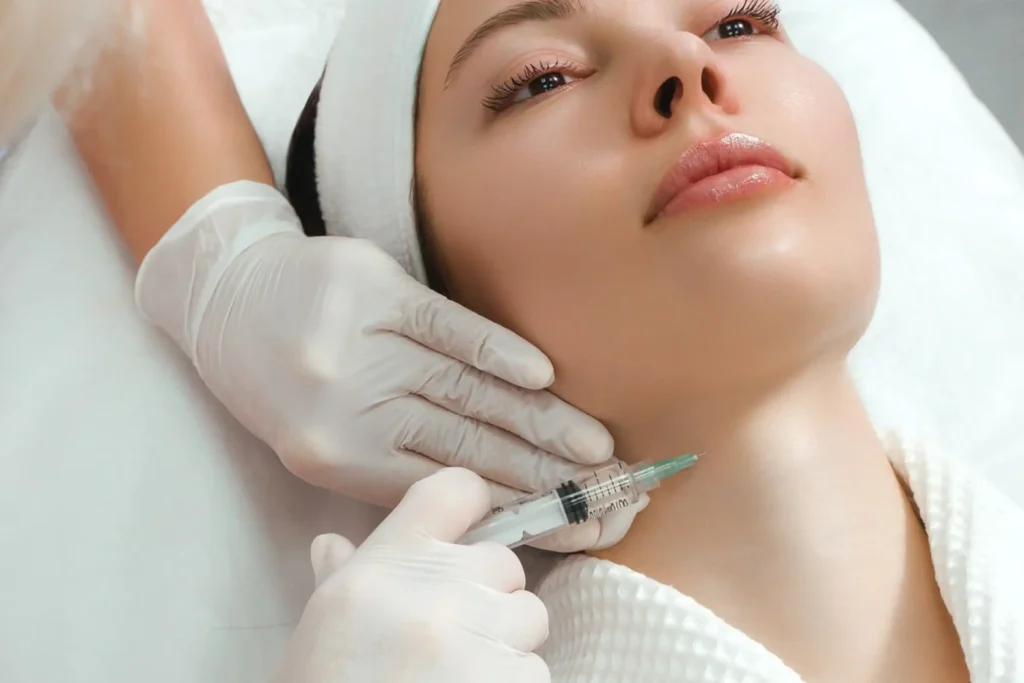
November 6, 2025 | Dr. Moustafa Mourad | Uncategorized
The Role of Skin Thickness, Nasal Cartilage, and Bone Structure in Your Rhinoplasty Outcome — An Anatomical Deep‑Dive
Every patient wants to know how long recovery will take after their facial plastic surgery procedure. The answer is that recovery isn’t the same for everyone. The timeline depends on the type of facial plastic surgery you choose, your individual healing response, and how closely you follow aftercare instructions. While some procedures allow you to return to regular activities within a week, others require several weeks before you feel fully comfortable in public. The key is understanding that recovery is a process, and each stage brings you closer to the final results you’re excited to see.
READ THE ARTICLE
November 5, 2025 | Dr. Moustafa Mourad | Uncategorized
What to Expect on the Day of Surgery: From Anesthesia to Packing to Going Home — The Day-Of Process
Surgery—big or small—follows a carefully choreographed plan built around safety, comfort, and clear communication. Knowing what happens from check-in to going home can ease nerves and help you prepare in a way that really matters. Below is a practical, step-by-step look at the day itself. Policies vary by hospital and procedure, but this framework reflects widely used standards and best practices.
READ THE ARTICLE